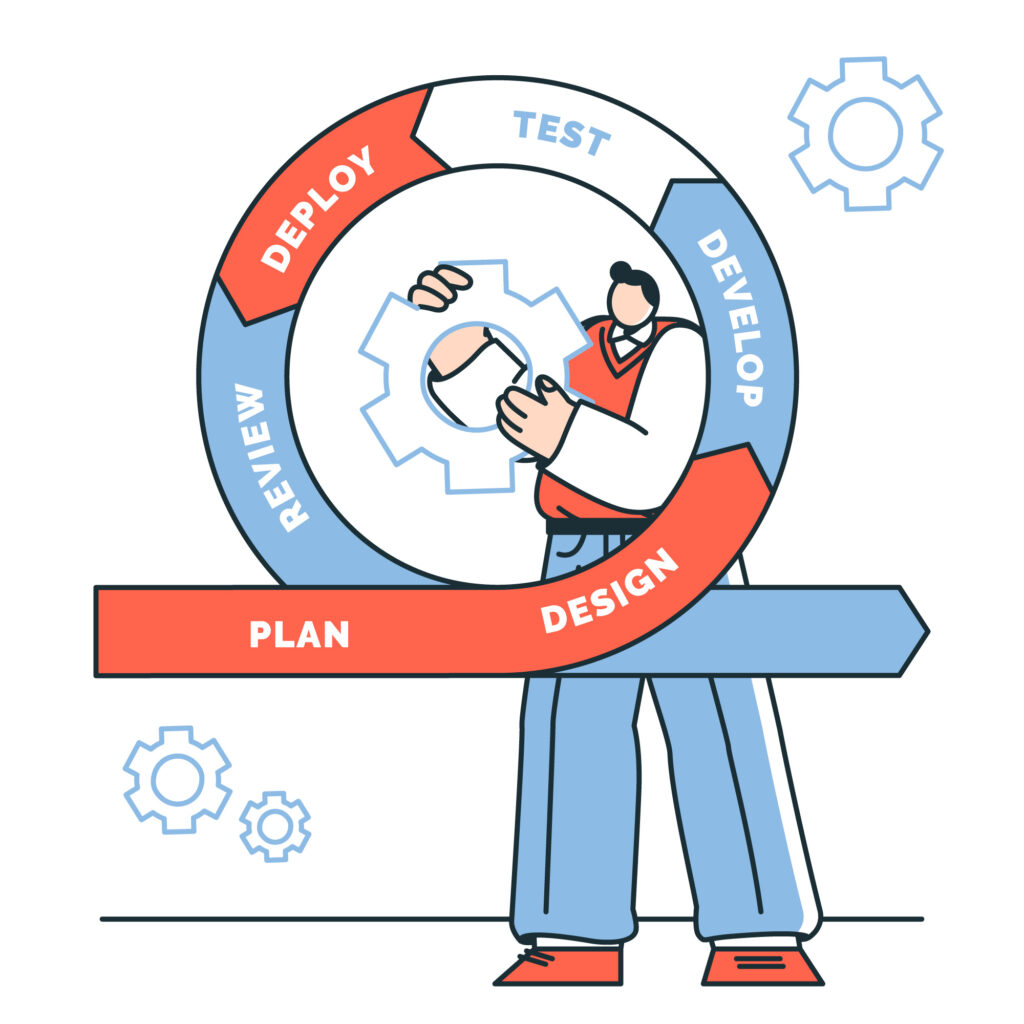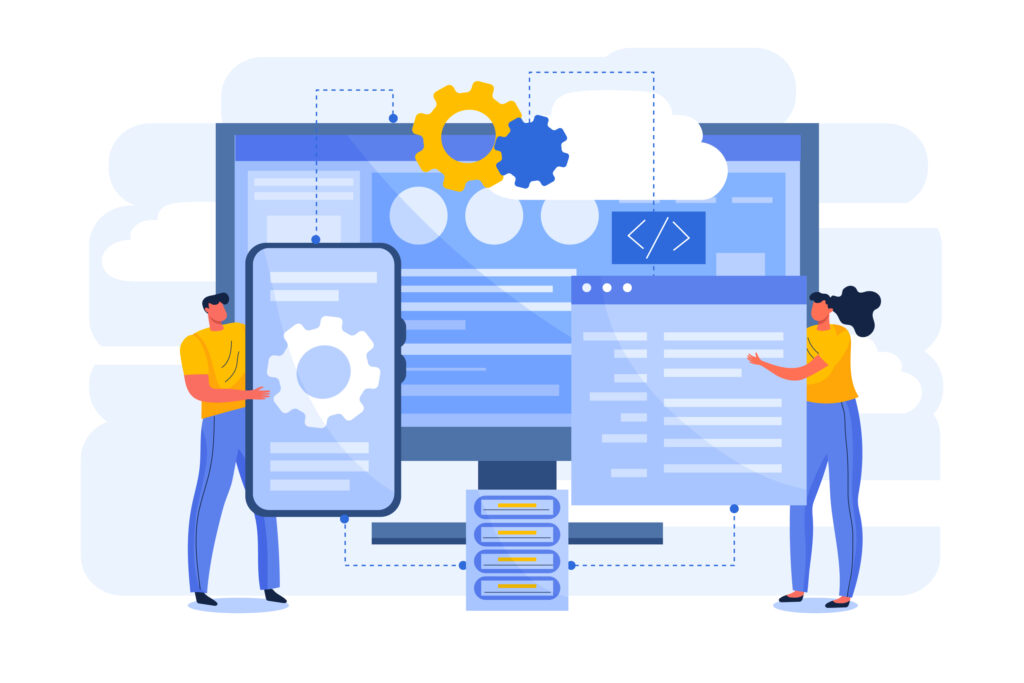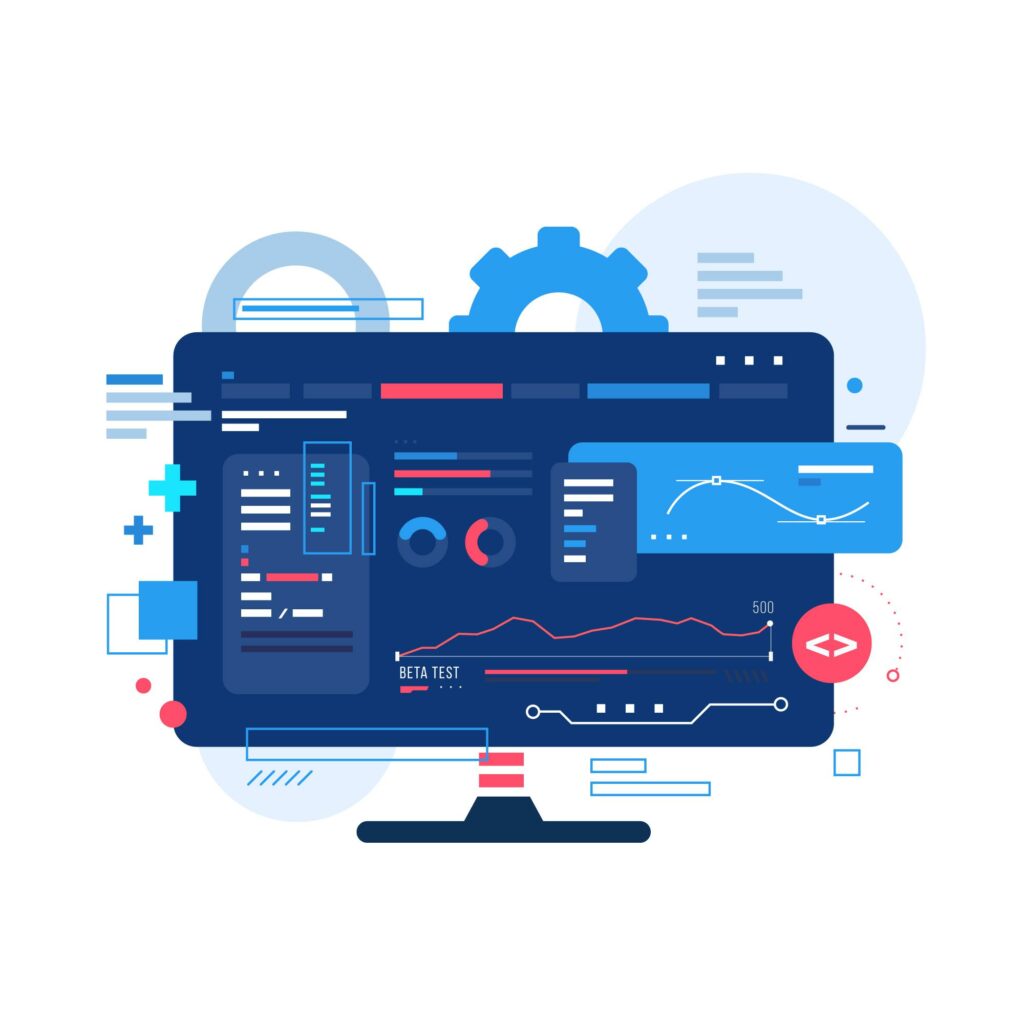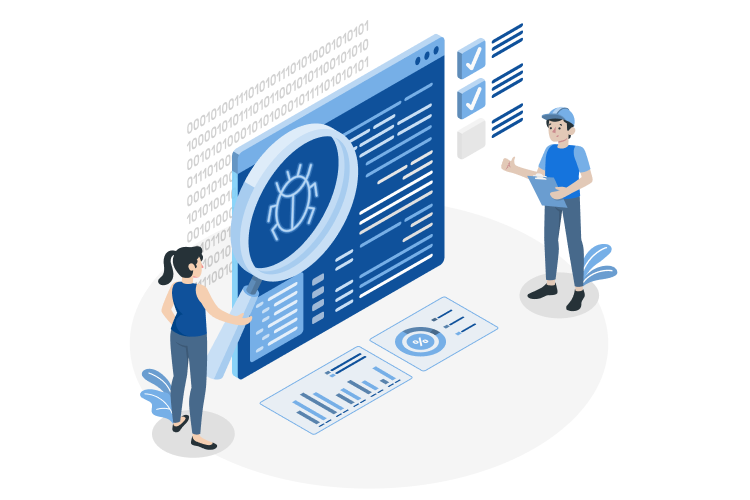What is Web Based Software Development Life Cycle?
The Web-Based Software Development Life Cycle (SDLC) is a systematic approach for planning, designing, developing, testing, deploying, and maintaining web applications. While it follows the same general framework as traditional SDLC processes, it is tailored specifically for web technologies and applications.

Due to the ever-changing landscape of the web, this SDLC emphasizes important factors like user experience, security, and performance optimization across various platforms and devices.
1. Planning and Requirements Gathering
This initial phase serves as the foundation for the project, where the objectives, scope, and requirements are established. In this stage, business needs are identified, and both technical and functional requirements are collected to steer the development process.
Key Activities
- Stakeholder Meetings: Engaging in discussions with clients, users, and stakeholders to understand their needs and expectations.
- Requirement Specification: Outlining the features, functionalities, and performance criteria for the web application.
- Feasibility Study: Evaluating the project’s technical, operational, and financial viability.
- Project Planning: Estimating the time, resources, and costs involved while creating a timeline for development.
Outputs:
- Defined project scope and objectives.
- A comprehensive Software Requirements Specification (SRS) document.
- Selection of high-level architecture and technology stack.
- Strategies for risk assessment and mitigation.
2. System Design
During the design phase, the framework for the web application is developed, outlining how the system will operate according to the established requirements.

This phase encompasses both high-level design (HLD) and low-level design (LLD).
Key Activities
- Wireframing and Prototyping: Developing wireframes or mockups of web pages to visualize the layout and enhance user experience (UX).
- UI/UX Design: Establishing the design elements of the user interface, user flow, and the overall aesthetic of the application.
- System Architecture Design: Outlining the overall architecture of the system, which includes databases, APIs, server-side logic, and integrations.
- Technology Stack Selection: Identifying suitable technologies (programming languages, frameworks, libraries) for both front-end and back-end development, as well as database management.
Outputs:
- Wireframes, prototypes, and UI designs.
- Database schema designs.
- Comprehensive diagrams depicting architecture and system components.
- Defined APIs and services.
3. Development (Implementation)
This phase marks the beginning of actual coding, where developers write the code to construct the web application based on the designs. The development stage is typically divided into three main areas: front-end, back-end, and database development.

Front-End Development
This aspect focuses on creating the user interface (UI) and ensuring that the website is responsive and accessible across various devices and browsers.
The common technologies include: HTML,CSS, JavaScript, and frameworks such as React, Angular, or Vue.js.
Back-End Development:
This involves writing server-side code that manages business logic, database interactions, and user authentication/authorization.
Common technologies include: Node.js, Django, Ruby on Rails, Java, .NET, and PHP.
Database Development:
This area focuses on designing and implementing the database to ensure efficient data storage, retrieval, and management.
Common databases include: MySQL, PostgreSQL, MongoDB, and Firebase.
Key Activities:
- Writing code for various modules and features.
- Integrating front-end components with back-end systems via APIs.
- Implementing security measures such as authentication and encryption.
- Conducting code reviews and performing unit testing.
Outputs:
- A functional codebase with specified features.
- Integrated front-end and back-end systems.
- A database schema that establishes appropriate data relationships.
- Initial deployment on development servers.
4. Testing
Testing is an essential component of the SDLC, aimed at ensuring that the web application is free from defects, fulfills the specified requirements, and operates as intended. Various testing methods are employed to validate both functionality and performance.

Key Types of Testing:
- Functional Testing: Verifying that each feature operates according to the functional requirements.
- Unit Testing: Assessing individual components or modules within the application.
- Integration Testing: Ensuring that different system components work together seamlessly.
- Performance Testing: Evaluating the speed, scalability, and stability of the web application.
- Usability Testing: Measuring how user-friendly and easy to navigate the web interface is.
- Security Testing: Identifying and addressing vulnerabilities such as SQL injection, XSS (cross-site scripting), and CSRF (cross-site request forgery).
- Cross-Browser/Device Testing: Confirming that the web application performs consistently across various browsers (like Chrome, Firefox, Safari) and devices (desktops, tablets, smartphones).
Outputs:
- Bug reports and documentation of test cases.
- Performance benchmarks along with optimization recommendations.
- Security audit reports.
- A fully functional product free of errors.
5. Deployment
After the web application successfully completes all testing phases, it is deployed to a live server for user access. This process involves transferring the code and database from the development environment to the production environment and establishing the necessary infrastructure.

Key Activities:
- Server Setup: Configuring web and application servers, databases, and any required infrastructure, such as load balancers or content delivery networks (CDNs).
- Code Deployment: Moving the code to production servers using Continuous Integration/Continuous Deployment (CI/CD) pipelines or manual deployment tools like Docker, Jenkins, or GitHub Actions.
- Domain and SSL Configuration: Setting up the web domain and ensuring secure communication through SSL certificates.
- Final Checks: Testing the live environment to confirm there are no issues specific to deployment, such as server configurations or database connectivity.
Outputs:
- A live and functioning web application.
- A configured server and infrastructure setup.
- Backup and recovery plans.
- User access to the web application.
6. Maintenance and Updates
Following the deployment, the web application transitions into the maintenance phase, which involves ongoing monitoring, updates, and enhancements based on user feedback, technological advancements, or new feature requests.

Key Activities:
- Bug Fixing and Patches: Addressing any bugs or issues reported by users to ensure smooth operation.
- Performance Monitoring: Continuously tracking the application’s performance, server load, and user metrics to identify areas for improvement.
- Security Updates: Applying patches for any security vulnerabilities and ensuring that software libraries or frameworks are kept up to date.
- New Feature Development: Adding new features in response to user feedback or changing business requirements.
- Scaling Infrastructure: As the user base expands, adjusting servers, databases, or optimizing code to enhance performance.
Key Activities:
- Regular updates and improvements to the application.
- A stable and secure web application environment.
- Increased user satisfaction and engagement through responsive enhancements.
7. Retirement/Decommissioning (Optional)
At the conclusion of the software lifecycle, a web application may be retired when it is no longer useful or has been superseded by newer technologies. This process involves safely decommissioning the system while preserving essential data and ensuring a smooth transition for users to a new system.
Key Activities:
- Data Migration: Transferring data to new systems or archiving important information for future reference.
- User Notification: Informing users and stakeholders about the decommissioning of the application.
- Server Shutdown: Disabling servers and dismantling the associated infrastructure.
- Dependency Management: Addressing dependencies and integrations with other systems to ensure a seamless transition.
Agile and Iterative Development in Web SDLC
Contemporary web-based SDLCs often adopt agile or iterative models. Agile methodologies divide the development cycle into smaller sprints or iterations, facilitating continuous improvement and regular feature releases. Unlike the traditional waterfall model, agile SDLC emphasizes flexibility, consistent feedback, and incremental delivery.
Advantages of Agile in Web Development:
- Frequent Feedback Loops: Developers can incorporate user feedback at the end of each sprint, allowing for incremental product enhancements.
- Faster Time-to-Market: Features are developed and released more frequently, enabling users to access new functionalities sooner.
- Better Risk Management: Potential issues can be identified and resolved early in the development process, reducing overall risk.
[Want to learn more about web based software development life cycle? Click here to reach us.]
Conclusion
In conclusion, the Web-Based Software Development Life Cycle (SDLC) is crucial for creating high-quality web applications that meet user needs. Each phase, from planning to maintenance, ensures a structured approach that enhances efficiency and reduces risks. Bobcares stands out in this landscape by offering comprehensive web development and design support services.
Their expert team follows a meticulous process that includes requirement gathering, UI/UX design, and ongoing maintenance, ensuring that applications are not only functional but also engaging and secure. By leveraging Bobcares services, businesses can benefit from tailored solutions that enhance their online presence and adapt to







0 Comments